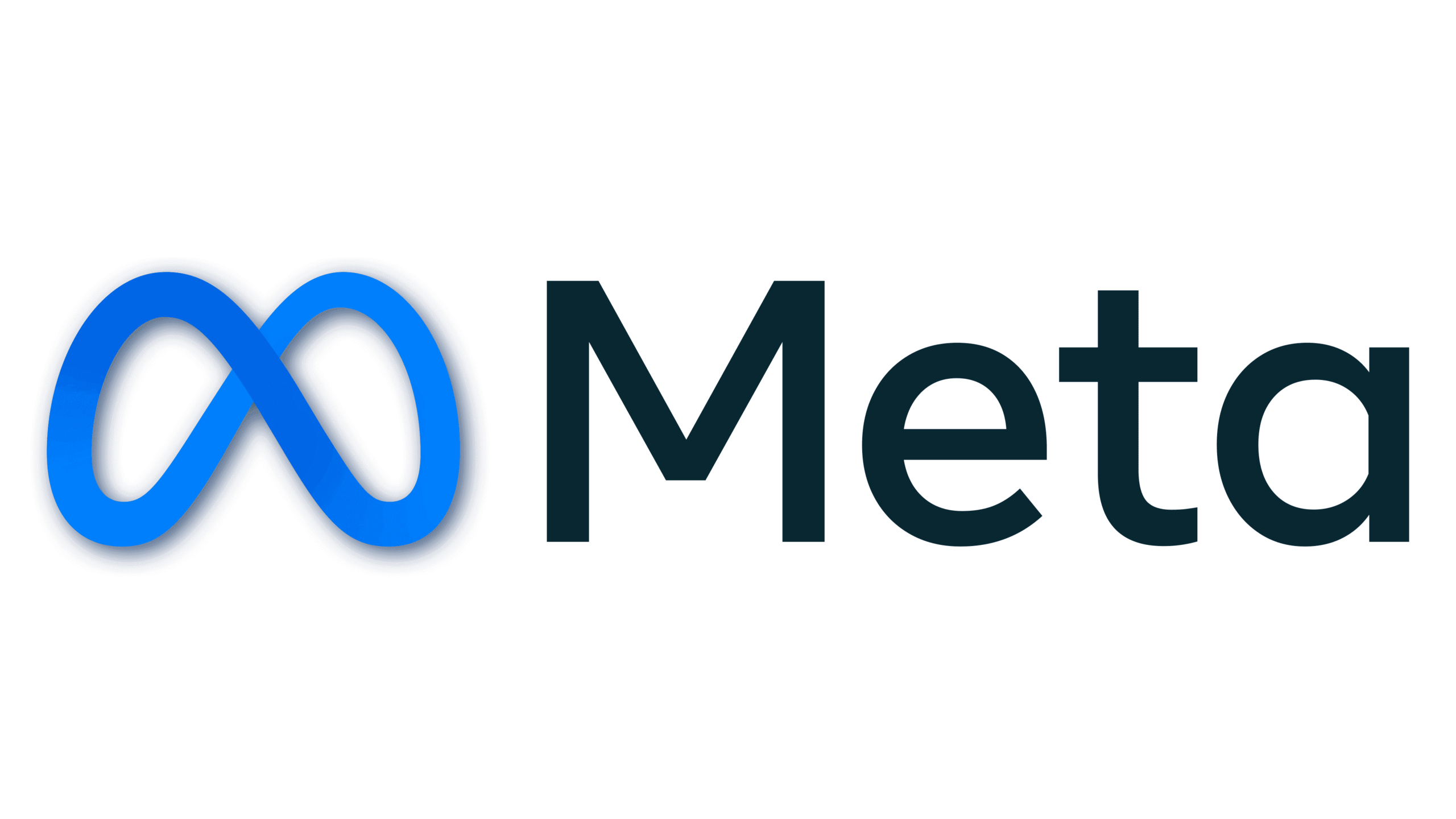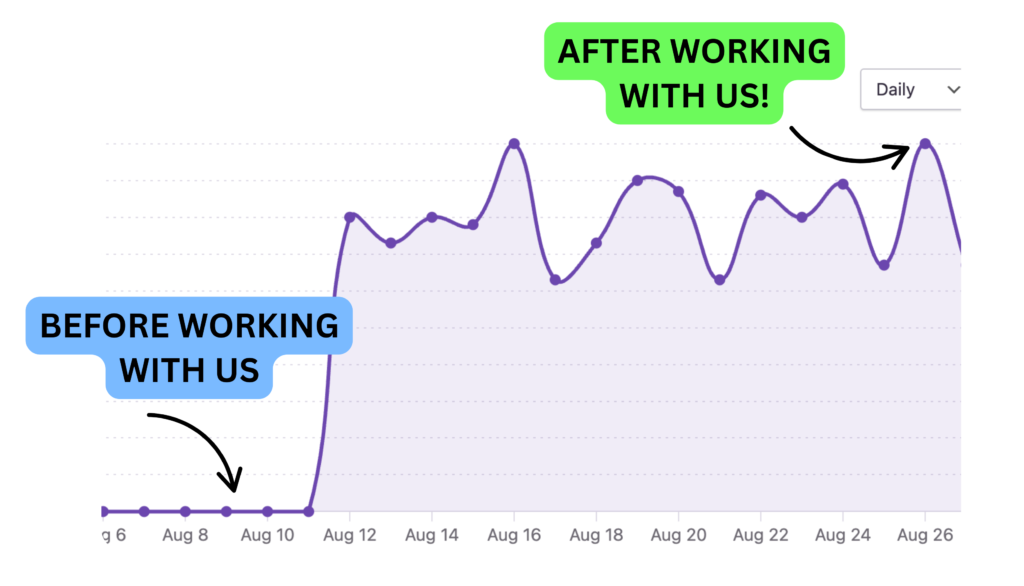When it comes to digital healthcare marketing, the debate of Meta Ads vs Google Ads for Healthcare is one that every practice faces. Paid ads are among the fastest ways to attract new patients, yet many clinics fall into the same trap: assuming Google Ads is the only option. While Google Ads is powerful for reaching patients actively searching for care, it also places your clinic right next to competitors offering the same service.
From my experience, the real magic happens when you don’t see Google Ads and Meta Ads (Facebook & Instagram) as rivals, but as partners. Combining them helps you capture patients across the full spectrum of intent: from those searching for a doctor right now to those who don’t even realize they need one until Meta’s algorithm places your message in front of them.

Google Ads for Healthcare
How Google Ads Works in Healthcare Marketing
Google Ads lets you show up at the exact moment a potential patient searches for “dentist near me” or “urgent care open now.” It’s a pay per click system where your ad placement depends on keywords, bidding, and quality score.
Advantages: High intent patients searching now
The biggest strength of Google Ads is intent. These users are ready to act, which often means higher conversion rates. For example, a patient typing “orthopedic surgeon near me” is likely not just browsing, they’re actively looking for care.
Challenges: Competition and rising costs
The downside? You’re bidding against competitors in the same area, often for the exact same keywords. That makes costs rise and can limit visibility if your budget is lower. In healthcare, where CPCs can be high, this can quickly eat into your ROI.

Meta Ads for Healthcare (Facebook & Instagram)
How Meta’s algorithm predicts patient interests
Meta Ads are built differently. Instead of waiting for a search, Meta’s algorithm predicts what people might want based on their browsing patterns, interests, and behaviors. Sometimes, it feels like Meta knows what users want before they do.
Advantages: Middle intent & cold audiences
This predictive power makes Meta Ads excellent for reaching people who aren’t actively searching yet but could be interested soon. In my experience, this helps practices capture “middle intent” audiences, those who are curious but not yet searching, as well as “cold” audiences who weren’t even considering care until your ad appeared.
Challenges: Creative fatigue & compliance issues
The biggest challenge with Meta Ads is creative quality. Too many practices run cluttered images, vague offers, or generic captions. Success requires a clear offer, strong visuals, and copy that connects emotionally. Compliance is also critical, ads must follow healthcare advertising regulations.
Meta Ads vs Google Ads for Healthcare: Key Differences
| Category | Google Ads (Search) | Meta Ads (Facebook & Instagram) |
| Audience Targeting | Search intent → captures hot leads ready to act | Predictive interest → reaches warm & cold audiences |
| Cost and ROI | Higher CPC but delivers faster conversions | Often more cost effective if creatives are strong |
| Patient Journey Stage | Bottom of the funnel → ready to book patients | Middle/Top funnel → awareness & nurturing |
Why Mixing Meta Ads and Google Ads Delivers the Best Results
Covering the full patient funnel
Running both platforms together ensures you’re not only visible when people search but also when they’re simply scrolling. From my experience, practices that combine both see stronger results because they capture patients at every stage of the journey, from awareness to booking.
Real world results from combining platforms
Google Ads alone brings in high intent patients but leaves out those who aren’t searching yet. Meta Ads fills that gap by planting the idea before the patient even looks for care. Together, they create a multiplier effect: more visibility, more patients, and ultimately, better ROI.
Best Practices for Healthcare Advertising
Clear offer and patient focused messaging
Your ads must clearly state what you’re offering. I’ve seen many practices lose potential patients simply because the ad lacked a direct, patient centered message.
Strong ad creatives and landing pages
Keep creatives uncluttered and emotionally engaging. Pair them with landing pages designed to convert, mobile friendly, fast loading, and focused on patient needs.
Conversion tracking beyond page views
A huge mistake I see is practices only tracking “page views.” Without proper tracking (form submissions, calls, appointment bookings), you’re flying blind. Meta, in particular, relies on this data to optimize campaigns. Without it, you’ll spend money but see stagnant or declining results.
FAQs
Yes. Especially when targeting patients by demographics, interests, or behaviors. They’re excellent for building awareness and demand.
It depends. Google Ads generally costs more per click but captures patients ready to book. Meta Ads may deliver lower costs per lead but require strong creatives and tracking.
Absolutely, and in fact, you should. The synergy between them delivers the best overall results for patient acquisition.
The debate around Meta Ads vs Google Ads for Healthcare isn’t really about choosing one over the other, it’s about how to use both effectively. Google Ads captures high intent patients who are searching right now, while Meta Ads taps into predictive targeting to reach people earlier in the journey. When combined, they cover the full patient funnel and deliver stronger, more consistent results for healthcare practices.
From what I’ve seen, ads don’t fail because the platforms don’t work, they fail because of poor execution: weak creatives, unclear offers, and bad tracking. When you mix both platforms with a clear strategy, patient focused messaging, and the right tracking, the results speak for themselves.









